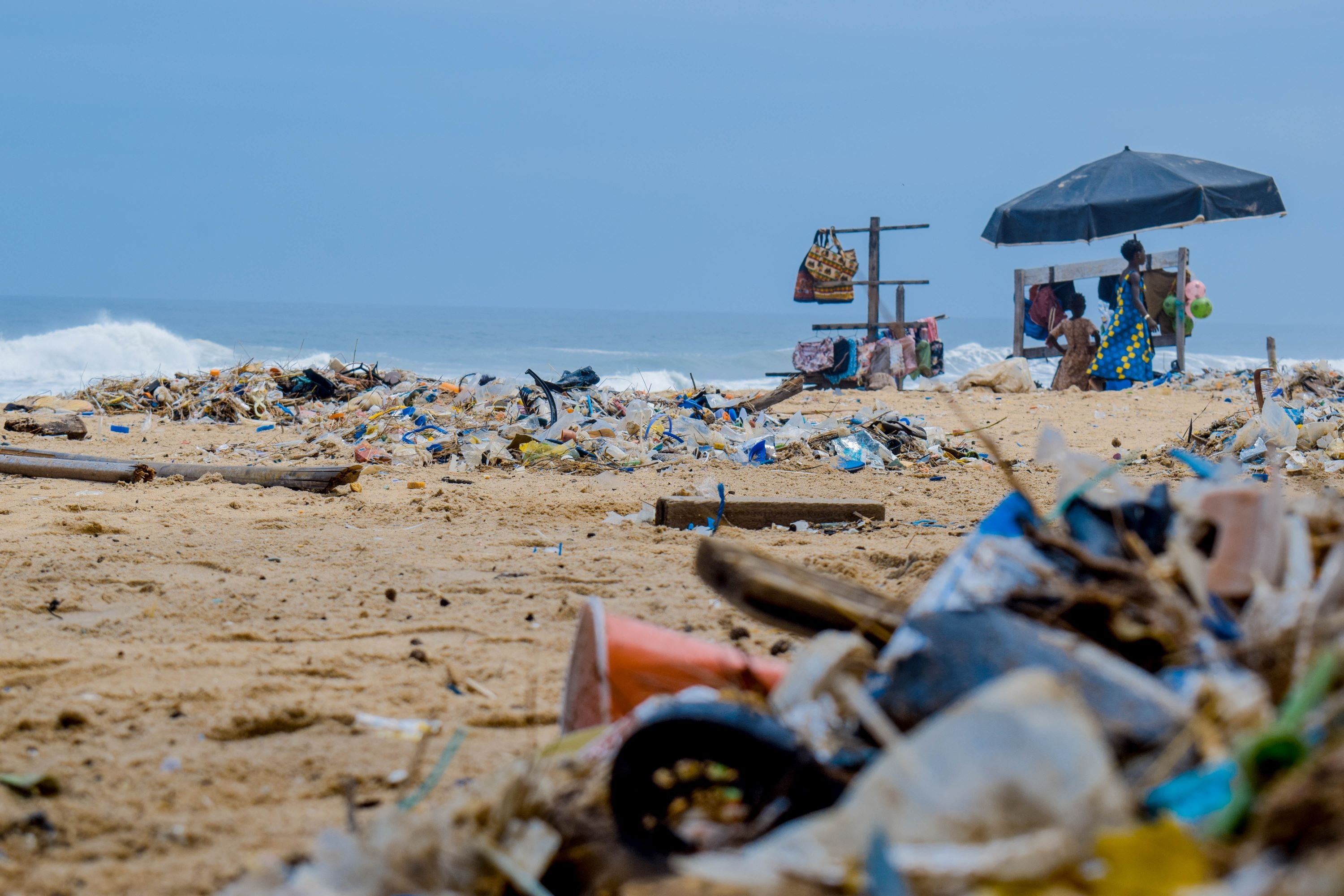In recent years, we’ve definitely seen a huge increase in the number of companies offering “sustainable” or “environmentally conscious” products all over the world. We also keep hearing about sustainable energy sources, but what is sustainable energy exactly?
In fact, so many that nowadays it sounds more like another buzzword used to sway consumers' purchase decisions. Yet somehow, it still remains the talk of the town. Some would say to a fault.
But is it really?
Much like with many other things in life, sometimes words and their meaning, as well the original intent behind them, get lost somewhere in all the noise. Because of all the products labelled as “green”, or “sustainable”, or “eco-friendly”, we tend to associate sustainability with marketing.

Let’s not forget that this idea was not some kind of a smart ruse devised by salespeople to drive up their quarterly numbers. In fact they have the Earth's best interest as heart, with the passion to tackle climate change.
Where did it all actually begin?
Well, what do sustainable towels and an Ancient Indus civilisation have in common?
What is it that this unlikely duo shares? Care for the environment.
Before that word even entered the public sphere, first came the unnamed, undefined idea.
What’s interesting, there are some records from 500 BC suggesting some more progressive and bold authors were already expressing their concerns about the limited resources of our planet and the idea of its degradation and ultimate demise.
Even before that the ancient city of Mohenjo-Daro developed a system that was meant to reduce waste and improve sanitary conditions. Of course, there were some other minor events later on – like Cuthbert of Lindisfarne introducing a piece of legislation enforcing bird protection on Farne Islands around the 10th century - but all in all, we could say that those were actually the beginnings of sustainability.
We should also mention Mr. Hans Carl von Carlowitz, who applied his idea of sustainable management to forestry in 1713. Those were still early days, it was a little different, but the connection is there.
Raising awareness
It’s clear that notion of some sort of environmental protection has been in our minds for centuries – whether clearly defined or not.
Fast-forward over two millennia, and this idea that had been slowly brewing and shaping up, finally comes into fruition during the days of the Industrial Revolution.

Along with the development of technology and the changes it brought to human existence, also came concerns and more discussions about air and water pollution and of course - greenhouse gas emissions. Some articles voicing these concerns appeared as early as 1862.
Misona had partnered with CleanHub to go the extra mile to tackle plastic pollution! With every order placed, 1lb of plastic waste is collected before it reaches our oceans and destructs habitats and waterways.
Sierra Club
We cannot discuss the idea of sustainability without mentioning the Sierra Club.
Established in 1892 by concerned citizens of San Francisco, this organisation was born out of the desire to preserve wildlife and it’s actually still very much active, alive and well.
It laid down the foundation for future like-minded initiatives, which is precisely why it holds such a special place in the history of environmentalism.
The new millennium
All the same reservations the environmentalists started to have a couple of hundred years earlier, only got much stronger after the tragic events that unfolded in the 20th century.
Around the 1950s, some people expressed their objections towards the excessive use of chemicals, plastics and synthetics.
Unfortunately, their message fell on deaf ears and no action was taken, which ultimately led to an air pollution incident in 1952 in London. As a result, over 12,000 people lost their lives and 100,000 fell sick – all because of the high concentration of smog, most of which came from burning coal.

The only silver lining of this otherwise horrific event was that it gave rise to a piece of very rudimentary environmental legislation called the Clean Air Act in 1956. Basic and limited as it was, there’s no doubt it was a step towards the right direction nonetheless.
Sustainability as we know it today
You live and you learn. At least these tragic events brought a lot more attention to this crucial topic and indirectly gave rise to the first serious “green” legislation (NEPA - National Environmental Policy Act) in the U.S. in 1969.
In the same year, thirty-three African countries signed a similar document under the auspices of IUCN (International Union for Conservation of Nature), in which the term “sustainable development” appeared for the first time.
The governments took action at long last. Those concerned voices turned into a whole movement that grew and transformed itself completely over the next 10 years. In 1970, people started celebrating Earth Day and a year later – Greenpeace was founded.
Finally, in 1972 the term “sustainability” was used for the first time in the same context we use it in today.
Finally, in 1987 the UN Brundtland published a special report entitled “Our Common Future”, where sustainable development was defined in a very simple, yet powerful and accessible way. It was at that moment when the term became widely popular and started getting international attention and recognition it deserves.
A couple of UN meetings, new laws and acts, conferences, articles, alarming data and several energy crises – and here we are.
Sustainability as a way of living
It took us a long time to become more aware and realise that the situation we’re facing is no joking matter.
We started to make more conscious choices, whether it comes to clothing, food, homeware, packaging or bathroom products – but there’s still a long road ahead.
Of course, there’s no reason to disregard all that we’ve managed to achieve in this relatively short time. We only became truly aware of these issues in the last 70 years.
Still – we can do better, especially with so many eco-friendly alternatives we have at our fingertips. The technology gives us some truly amazing opportunities - we can even get a bamboo towel in the UK, and, let’s be honest, this sustainable material doesn’t exactly belong in this part of the world.

How can we be sustainable? Switching up regular towels for ones made from natural resources is just one small step towards keeping the planet a beautiful and safe place for future generations.
So, swap your plastic bottle for a glass or stainless steel one, your cotton mat for an organic bath mat and start making a difference today. Buy products that are made to last.
Start saving water. How? Buy less clothes and look for products that can help you with it. For example, this bath mat dries quickly and all on its own - you won't ever have to waste any water to wash it.
It's clear that the human connection to nature and care for the environment has been very much alive in our collective consciousness for thousands of years.
We can’t escape it - it’s a part of our DNA.
Why fight the environment, when we can live in it in harmony? We have the ability to create a sustainable future for all of us.

